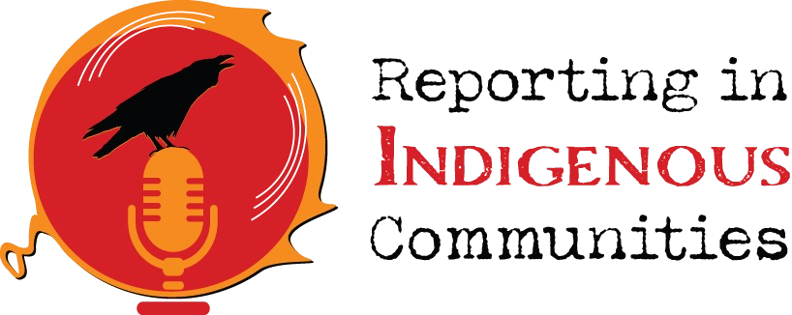Climate change and indigenous communities
In the Reporting in Indigenous Communities (RIIC) course, students and staff are deeply committed to storytelling, not just as a means of sharing narratives, but as a way to amplify voices that deserve to be heard. This year, our focus is on the impact of climate change within Indigenous communities, highlighting the stories that matter most. We invite you to explore the students’ stories and gain insight into the challenges, resilience, and perspectives of Indigenous communities facing climate change.
